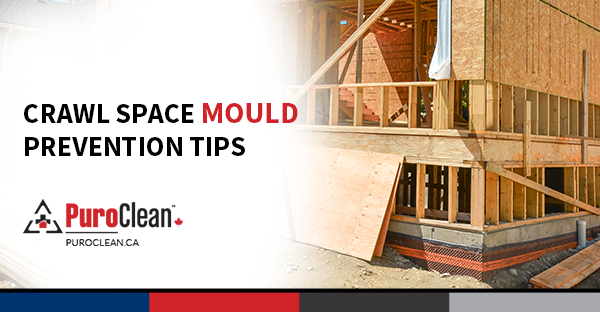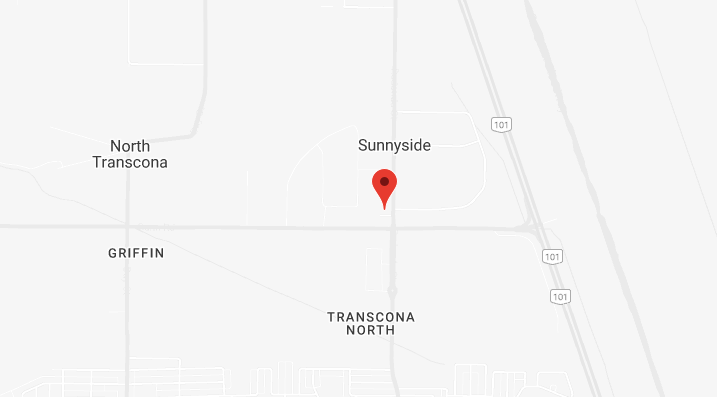Crawl Space Mould Prevention Guidelines
 Crawl spaces typically collect high levels of moisture and humidity and so are prone to mould growth. The most common causes of humidity in the crawl space are water leaks, damaged insulation, and inadequate ventilation. Here are some tips to control the moisture and humidity levels in the crawl space, preventing mould growth:
Crawl spaces typically collect high levels of moisture and humidity and so are prone to mould growth. The most common causes of humidity in the crawl space are water leaks, damaged insulation, and inadequate ventilation. Here are some tips to control the moisture and humidity levels in the crawl space, preventing mould growth:
- The foundation walls and crawl space ceiling should be checked for cracks – these allow water to leak inside the crawl space. While checking for cracks, the HVAC ducts and plumbing components should also be checked for leaks.
- The gutters and downspouts should direct water away from the home’s foundation. Water that flows toward the house could enter the crawl space and basement.
- The crawl space must be properly ventilated – for every 15 square metres of crawl space area, there should be 0.10 square metres of ventilation. A professional should be consulted to determine if the crawl space vents should be kept closed and, if so, find other ways to ventilate the crawl space.
- Vapour barriers should be used to insulate/encapsulate the crawl space floor and foundation walls. Vapour barriers like plastic sheeting covers trap the moisture that is evaporating from the soil and walls.
- If the crawl space is already insulated, the insulation should be inspected once or twice a year. The insulation must cover the whole area and must not be sagging – this indicates that there could be a water problem.
- Dryer vents should always discharge to the outside and not into the crawl space, attic or other area of the house. If they don’t, this can lead to a major increase in humidity.
By following these guidelines, the relative humidity in a crawl space should reach the desired level of 30 to 50 percent. Mould will easily grow if the humidity is above 70 percent. Here are more tips to control the humidity in homes and tips to ventilate a house properly. The PuroClean team stands ready to provide professional restoration services to any property affected by fire, water or mould damage
Follow us on Twitter, Facebook, Google+ and LinkedIn to get our notifications!


